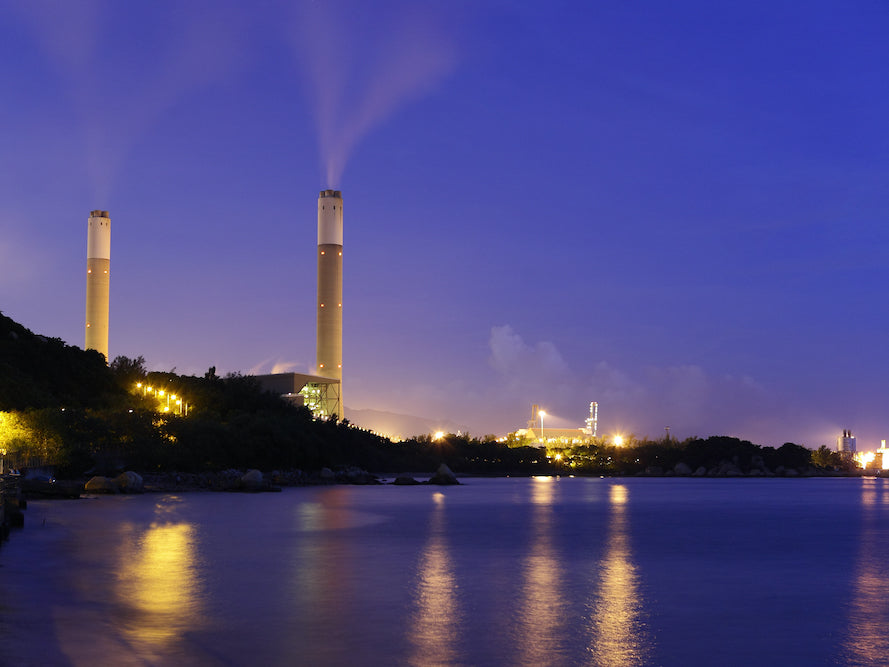
The Environmental Consequences of the Industrial Revolution

During the Industrial Revolution, industrial activities led to widespread air and water pollution, deforestation, and the depletion of natural resources. The burning of fossil fuels in factories and the use of steam engines resulted in the release of large amounts of carbon dioxide, sulfur dioxide, and other pollutants into the atmosphere. This led to the formation of smog and acid rain, which had detrimental effects on human health and the environment. Additionally, the discharge of untreated industrial waste into rivers and streams contaminated water sources and harmed aquatic ecosystems.
One of the most significant environmental consequences of the Industrial Revolution was deforestation. The increased demand for timber as fuel for factories and construction materials led to the widespread clearing of forests. This not only resulted in the loss of habitat for many plant and animal species but also contributed to soil erosion and altered local climate patterns. The loss of forests also had a detrimental impact on the carbon cycle, as trees play a crucial role in absorbing carbon dioxide from the atmosphere.
The long-term environmental impact of the Industrial Revolution is still evident today. Climate change, caused primarily by the burning of fossil fuels, is one of the most pressing issues we face. The accumulation of greenhouse gases in the atmosphere has led to rising global temperatures, melting ice caps and glaciers, and more frequent and severe extreme weather events. These changes have far-reaching consequences for ecosystems and human societies, including disruptions to agriculture, increased risk of natural disasters, and the loss of biodiversity.
Air and water pollution remain significant challenges as well. Industrial activities continue to release pollutants into the air, leading to poor air quality and respiratory problems for humans and wildlife. Water pollution from industrial waste and agricultural runoff persists, causing harm to aquatic ecosystems and threatening the availability of clean drinking water. The long-term effects of pollution on human health are still being studied, but evidence suggests that exposure to pollutants can lead to chronic illnesses and reduced life expectancy.
Biodiversity loss is another consequence of the Industrial Revolution that continues to be a concern. The destruction of natural habitats, pollution, and climate change have all contributed to the decline of countless plant and animal species. Loss of biodiversity not only disrupts ecosystems but also threatens the stability of food chains and the availability of natural resources that humans depend on.
In light of these environmental challenges, it is crucial to explore strategies to mitigate the impact of the Industrial Revolution and work towards a sustainable future. Many companies and organizations are taking steps to reduce their environmental footprints and invest in clean and sustainable technologies.
One notable example is Tesla, an electric vehicle company founded by Elon Musk. Tesla is at the forefront of the transition to sustainable transportation, producing electric cars that emit zero tailpipe emissions. By promoting the adoption of electric vehicles, Tesla aims to reduce air pollution and dependence on fossil fuels. The company is also investing in renewable energy sources, such as solar power, to power its vehicles and charging infrastructure.
Microsoft, a leading technology company, is also committed to sustainability. The company has set ambitious goals to become carbon negative by 2030 and remove all the carbon it has emitted since its founding by 2050. Microsoft is investing in renewable energy projects, improving energy efficiency in its data centers, and exploring innovative solutions to reduce its environmental impact. Additionally, the company is working towards zero waste and implementing sustainable practices throughout its operations.
Individuals can also contribute to mitigating the environmental impact of the Industrial Revolution. By adopting sustainable lifestyle choices, such as reducing energy consumption, recycling, and supporting companies with environmentally-friendly practices, we can all make a difference. Additionally, advocating for policy changes and supporting initiatives that promote renewable energy and conservation can have a significant impact on shaping a sustainable future.
In conclusion, the Industrial Revolution brought about significant advancements and economic growth, but it also had profound environmental consequences. Air and water pollution, deforestation, climate change, and biodiversity loss are among the long-term effects that continue to impact our planet today. However, companies like Tesla and Microsoft are leading the way in investing in clean and sustainable technologies to mitigate these consequences. As individuals, we can also play a role by adopting sustainable practices and supporting initiatives that promote a sustainable future. By understanding the environmental impact of the Industrial Revolution and taking action, we can work together to ensure a sustainable and thriving planet for future generations.

